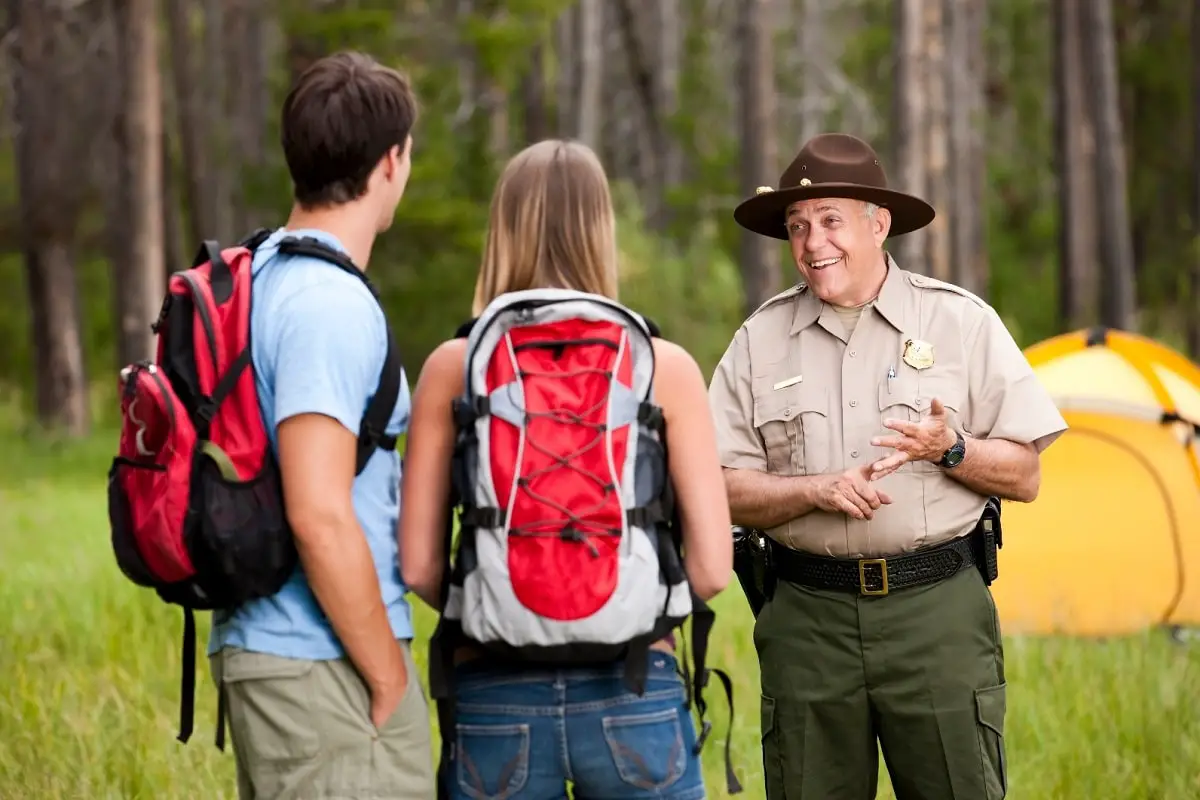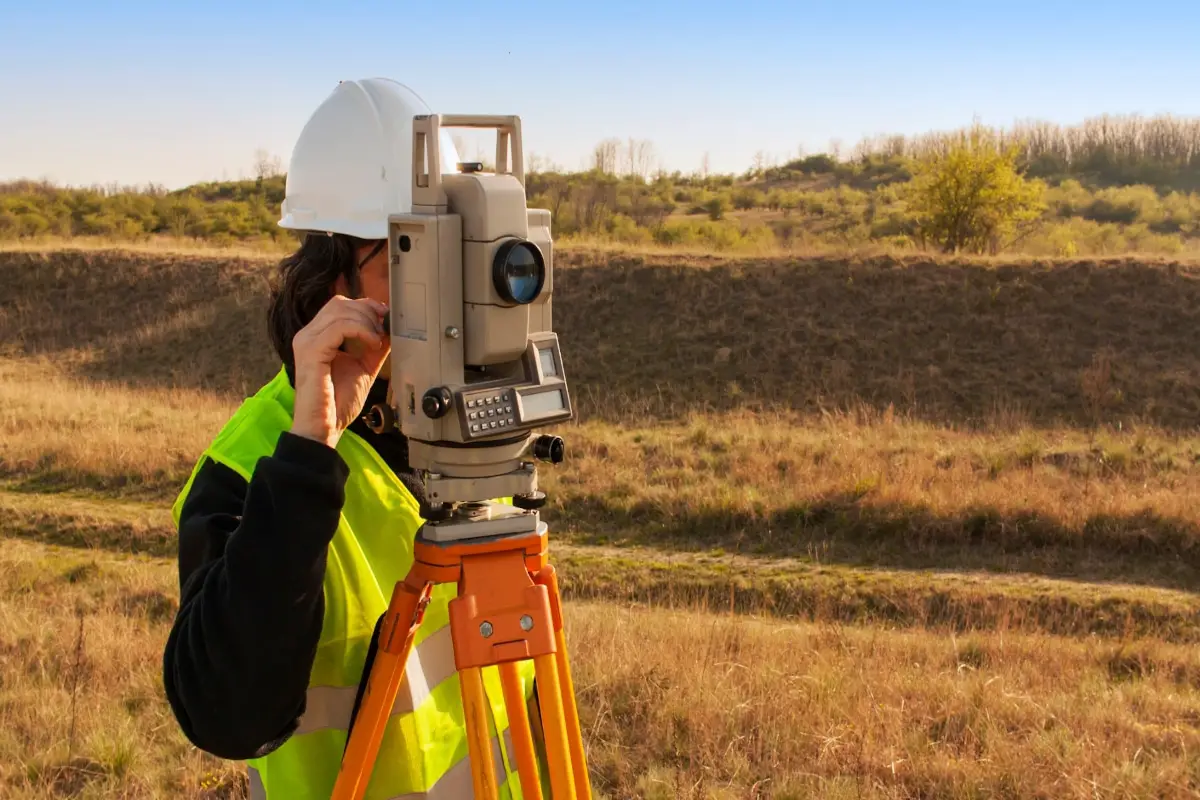Many jobs require venturing into areas where wildlife live. This can put workers into contact with dangerous animals such as venomous snakes.
Fortunately, snake pants exist to protect them on the job.
10 Jobs Where You Need Snake Pants
1. Ranchers
Ranchers who own and work on many acres of wide-open land will likely have lots of different types of wildlife living in it. This includes dangerous snakes such as rattlers. If you are a rancher in the US Southwest or southeast, Australia, or Africa, you are likely to come across a snake or two.
2. African Tour Guides
Africa is a warm continent with vast open territories filled with wild animals. Africa has suitable terrain for many types of snakes including grasslands, trees, and rocks. African tour guides often spend time walking through this terrain, even if they mostly travel in an offroad vehicle. Having snake pants handy can keep them well protected from snake bites.
3. Farmers
On farms, snakes may be plenty even though they may not live directly in the crop areas themselves. Farms are filled with small rodents and other prey that feed off water runoff and fallen food sources. Thus, farmland is prime for snakes to live nearby or on side areas next to gravel roads and irrigation equipment.
Farmers usually wear denim pants with rubber boots or special leather boots (great western boots) that provide a good level of protection from snake bites. But as a farmer, it might be best to keep a pair of snake pants nearby when you need them.
4. Naturalists
A naturalist that spends time exploring is bound to come across hidden snakes from time to time. Naturalists could be paid employees or weekend hobbyists. Either can benefit from wearing snake pants.
5. Park Rangers

National and state parks include all types of terrain, from forests and grasslands to deserts and mountains. Snakes of all types reside in these parks putting park rangers are on the front lines, so to speak.
Park rangers wear forest green colored pants that may be a brand of tactical or police gear. These can be made of a mix of polyester & cotton to prevent rips and tears. However, the thickness and strength of the material may not be enough to repel a strong snake bite.
Thus, park rangers are recommended to keep a pair or two of snake pants handy for traversing their park.
6. Geologists
These include paleontologists, engineering geologists, and mineralogists. Geologists are often tasked with exploring spaces for potential mining and oil opportunities. They could strike out into virgin territories with rocky areas, canyons, rivers, and lakes. This brings them into contact with all sorts of wildlife including dangerous snakes. So, snake pants are ideal for geologists of all types.
7. Land Surveyors

Construction projects may require surveyors to enter rugged wild terrain to survey for elevation, angles, lines, and points. This can put the land surveyor into contact with dangerous snakes.
8. Snake Hunters
If you live in Florida, you may have the chance to work as a snake hunter
in python country. Pythons are a type of constrictor and have the most powerful bites of all snake types, anywhere in the world. Wearing snake pants while working this job is basically mandatory.
9. Herpetologists
Herpetologists are zoologists that study endangered snakes, turtles, and reptiles in their natural habitats. They may work in a zoo or study snakes and reptiles in the wild. Either way, wearing snake pants can definitely enhance their safety on the job.
10. Prospectors
Prospectors can be found working in the Australian outback, or southwest / east USA. This puts them at risk of running into some dangerous venomous snakes. Even working around a stationary mine or gas rig surround by brush in a warm climate can put a miner at risk of snakebite. Mines and gas rigs also often include office trailers and wood decks, which snakes love to hide under. So, snake pants are ideal for keeping prospectors safe from snake bites.
Where Snakes Live (and You Need Snake Pants)
Snakes can be found in and around the following:
- Deserts (where its warm!)
- Near hot springs
- In trees
- Mountainous terrain
- Swamps and marshes
- Underground tunnels (which you could come across!)
- Forest floors
- Grassy highlands and prairies
- Under rocks and fallen trees
- Near rocky streams
- Near crops and farmland
Snakes usually live and hide in places with minimal human activity. This is because it is confusing to a snake’s senses if there is too much commotion going on around them. This is why people who work out in open wild terrain are more likely to come across snakes than people who work in urban areas.
Even if you work in places not completely untouched by humans, snakes can still be living under woodpiles, around stone or concrete walls, or under wooden decks. Snakes also like wet areas such as around drainage pipes with flowing water as these can attract food sources.
Snakes are most active during the day but will come out at night during the summer when the temperature cools down. Snakes are most active during the fall and spring when temperatures are optimal for all-day activity.
Snakes will go into a hibernation state when food runs low and temperatures drop. They blend in well with their surroundings and can coil up unnoticed by just about any person or animal nearby.

